#kulture city
Text






Jade 👑
#Repost @aewtogether
——
Thank you, @kulturecity, for having us out for KultureBall 2023! Let’s keep making those nevers possible together ❤️
Want to learn more? Visit KultureCity.org
#jade cargill#brandon phillips#adam cole#britt baker#brittany schossler#wardlow#michael wardlow#kulture city#aew
43 notes
·
View notes
Text
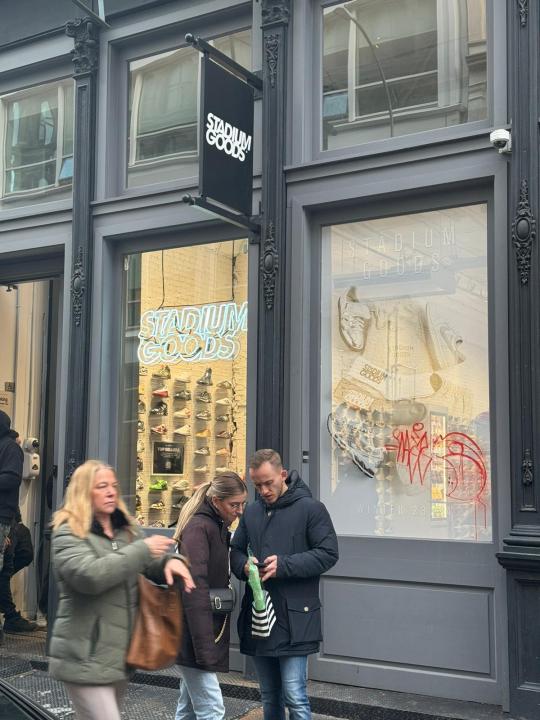






A BROKE HOES DREAM...........
#SHAWTYLO#NORTHFACE#100000#GRAFFITI#KULTURE#UNDERGROUND#GRAFFPORN#ARCTERYX#CULTURE#UNITS IN THE CITY#HARM8#NTER#STREETRELIGION#SHETU
0 notes
Text
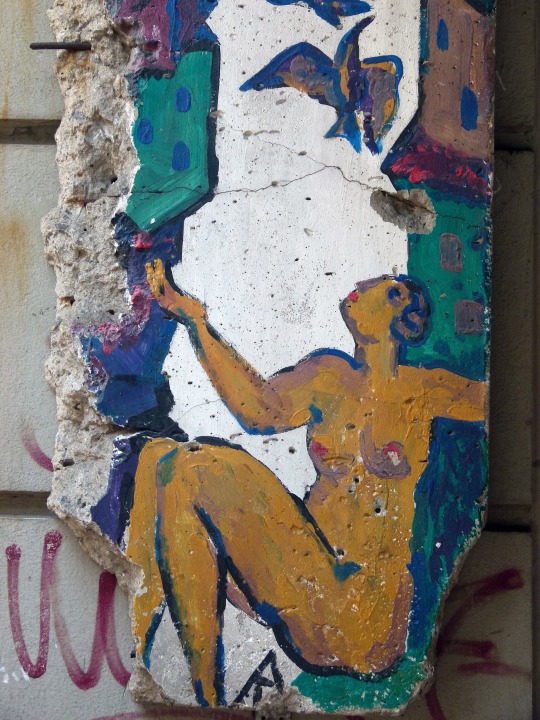
Figurative Streetart
#outdoor#art#berlin#impressive#architecture#city#beauty#region#streetart#figurative#colours#kunst#kunstwerk#kunst und kultur#moderne kunst#contemporaryart
0 notes
Link
0 notes
Photo

Bayreuth City luftbilder-deutschland.com #bayreuth #schlosskirche #opernhaus #hofgarten #city #germany #kultur #unesco #weltkulturerbe #iwalewahaus #unibayreuth #schloss #neuesschlossbayreuth (hier: Bayreuth, Germany) https://www.instagram.com/p/CoB9TuhN1Z1/?igshid=NGJjMDIxMWI=
#bayreuth#schlosskirche#opernhaus#hofgarten#city#germany#kultur#unesco#weltkulturerbe#iwalewahaus#unibayreuth#schloss#neuesschlossbayreuth
0 notes
Text

1 note
·
View note
Photo

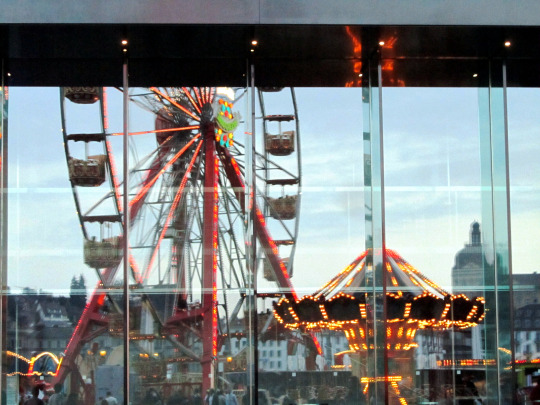

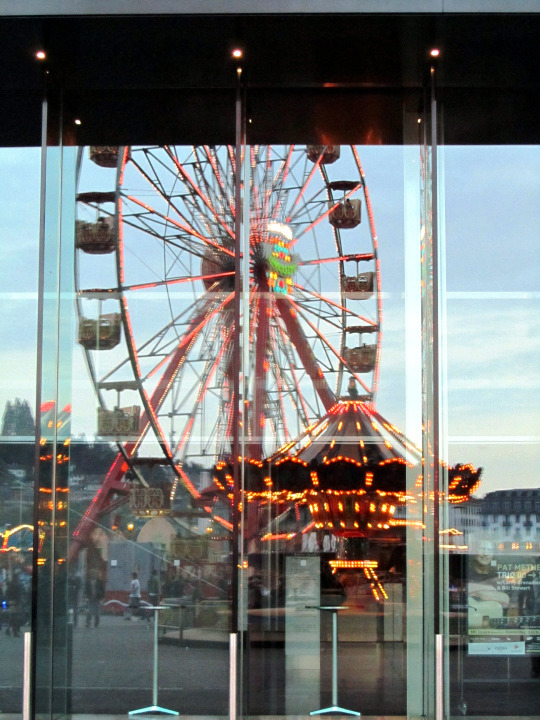

National Carousel Day
Find a local fair or amusement park, or a designated carousel and have some old-fashioned fun. Or, stay home and watch the hit musical, “Carousel”.
When we think of carousels, we think of the beautifully designed horses, with golden metal poles mounted down the center and accompanied by circus music. Since the early 1800’s, carousels are all about the children, laughing as they go round and round and have been a huge part of American history.
While there are many designs to carousels, the idea of a carousel has been around for centuries before America even existed. So, to observe the fine-tuned history of carousels, Carousel Day is a day just for that! So strap in and enjoy the ride on an American pastime.
Learn about Carousel Day
The purpose of Carousel Day is to honor this incredible invention. This is one of the most instantly recognizable fairground and amusement park rides. A carousel, which is also known as a merry-go-round, is a sort of amusement ride, which consists of a circular platform that rotates and has seats for riders. Traditionally, these seats would be wooden horses or other animals. However, we have seen different themed carousels pop up over the world.
Some of the world’s most magical carousels can be found at:
The Musée des Arts Forains at the Pavillons de Bercy in Paris
Wisconsin’s House on the Rock
Jane’s Carousel in Brooklyn, New York
The Stoomcarrousel in Efteling, Netherlands
These carousels are special for different reasons. Jane’s Carousel is housed in a glass box, providing amazing urban views of New York. The Stoomcarrousel, on the other hand, is a much older carousel, which celebrates steam power. It was built in 1895, and it traveled around many places until an amusement park in Efteling purchased it in 1956. These are just a few of the incredible carousels you can find all over the world, and so we definitely recommend doing a bit of digging online. You will be amazed by some of the stunning and magical carousels that are situated around the world.
History of Carousel Day
In order to understand the history of Carousel Day, we need to understand the history of the carousel. One of the first conceptual designs for a carousel was in 500 A.D. in the Byzantine Empire, which depicts baskets, carrying riders, suspended from a central pole.
This was an activity that needed excellent horsemanship and skill. In fact, the word carousel comes from the word ‘garosello,’ which is Italian, and the word ‘carosella,’ which is Spanish. It means ‘little battle.’ This was used by crusaders as a description of the combat preparation exercises and games that were played by the Arabian and Turkish horsemen during the 12th century.
There were carousels being created and operated at a number of different gatherings and fairs in England and Central Europe in the early 18th century. However, it was not until the 1840s when Franz Wiesenoffer created the first merry-go-round in the United States in Hessville, Ohio. Unfortunately, though. He did not patent the design, and so he’s not officially credited as the creator.
Then, Bette Largent, President of the National Carousel Association, and carousel historian, Ronald Hopkins founded National Merry-Go-Round Day in 2014. Also called Carousel Day, it was formed to honor William Schneider of Davenport, Iowa who, due to patenting the carousel in 1871, is considered the official inventor of the modern carousel by the U.S. Patent Office.
The National Carousel Association, operating since 1973, aims to keep carousels running and preserve their history in the United States. Since then, the NCA tracks the history of carousels all around the United States in its census. The NCA is a non-profit organization and accepts donations to help keep carousel history alive.
The NCA also has a census, a giant data collection of carousels all over North America, keeping track of vintage and modern carousels, as well as repairing old carousels to keep them functioning. Every year, the NCA hosts a convention called The New England Carousel Revolution, where people travel around in buses all over the New England area to check out vintage carousels in parks, museums, and boardwalks.
How to celebrate Carousel Day
According to the NCA census, there are hundreds of registered carousels in the United States. In fact, chances are there is a carousel hiding your neighborhood just waiting to be discovered. Celebrate this holiday with a visit to your local fair by checking the national census on the NCA’s webpage.
Also, check your local area for county fairs or amusement parks and head on out there. If you’re interested in learning more about the history of your local carousel, find out by contacting your local directors and asking them about it. Take your kids to the local fair, or if you don’t have kids, ride one yourself. Go out there and have fun!
If you’re looking for a way to celebrate Carousel Day from the comfort of your own home, why not watch the film Carousel? This is a 1956 musical movie, which is based on a musical from 1945 that had the same name.
A lot of critics have stated that this musical contains the most beautiful songs that have been created by Rodgers and Hammerstein. For those who are unaware, Rodgers and Hammerstein refer to a duo of the lyricist-dramatist Oscar Hammerstein II and composer Richard Rodgers. The story is about a handsome, macho, and rough-talking carousel barker, called Billy Bigelow, and an innocent and young mill worker, Julie Jordan.
The plot is one of the most serious storylines found in a musical by Rodgers and Hammerstein, as you go on a journey of love and heartbreak. It is a great film to watch, and it has received a lot of positive reviews, so why not celebrate Carousel Day by getting the popcorn in and watching this movie?
Source
#Carousel on the Boardwalk#Coney Island Luna Park#Brooklyn#New York City#MS Allure of the Seas#LUGA#Lozärner Määs#Chilbi#fair#carnival#USA#Schweiz#Switzerland#Luzern#Kultur- und Kongresszentrum Luzern#travel#Lucerne#reflection#National Carousel Day#NationalMerryGoRoundDay#25 July#NationalCarouselDay#architecture#cityscape#tourist attraction#landmark
0 notes
Text
1987 Gera, Haus der Kultur. GPS: 50.877105, 12.080530
0 notes
Text


she's been supporting Palestine and decrying the apartheid, even and especially last October where she published a book on it
anyway, her statement as mentioned here
https://www.writingafrica.com/zukiswa-wanner-surrenders-germanys-goethe-medal-over-gaza-genocide/
My name is Zukiswa Wanner.
I am a writer, editor, publisher and curator who considers the African continent my home. In 2020, I became the first woman on my continent to receive the Goethe Medaille alongside Bolivian artist and Museum Director Elvira Espejo Ayca and writer Ian McEwan from the United Kingdom. While the Goethe Medal is conferred by the Goethe-Institut to ‘non-Germans who have performed outstanding service for international cultural relations’, it is important to note that the award is an official decoration of the Federal Republic of Germany.
I note and appreciate Goethe-Institut President Carola Lentz’ statement from an article of 14 January, 2024 in Der Spiegel where she says, and I quote, Longstanding partners in the international cultural world are losing trust in the liberality of Germany’s democracy and poses the question, should the Aaswartige Kultur und Bildungspolitik (AKPB) support only persons or groups who accommodate the political/moral agenda of the respective German government? She concludes otherwise and notes that organisations like Goethe-Institut must not become the extended arm of the government, particularly in difficult political times. In the same vein, Goethe-Institut Johannesburg, which is the regional headquarters for Sub Saharan Africa stated in a statement on 7th February, 2024 ‘As to the current war in Gaza – we are convinced that in view of the catastrophic situation, a new ceasefire is urgently needed. The rising number of civilian victims is unacceptable. It’s important to state this so I highlight that this is NOT a statement surrendering the medal because of the Goethe-Institut and its position even where we may not always agree. I mention the Goethe-Institut’ statement by way of explaining that my actions are not a critique of the cultural institution but rather of the government.
In May 2023, while attending Palestine Festival of Literature and months before October 7, I was in the Occupied Palestine Territories and travelled to Ramallah, Nabi Saleh, East Jerusalem, Hebron and Lydd. As a writer coming from a country with a history of apartheid, what I experienced shook me and resulted in my writing a long essay Vignettes of a People in an Apartheid State. One did not need to be from a country with a history of apartheid to see the daily injustices and indignities visited on Palestinians. Palestinians have separate roads, different number plates and are constantly under threat from strangers from the United States or white South Africans with apartheid nostalgia who come with guns and the protection of Israeli Defence Forces to settle into their homes. Indeed, unlike most literature festivals, PalFest takes the writers to multiple cities since Palestinians are unable to travel without permission from Israel, much like South Africa during apartheid, just more cruel.
This is why I am giving up the medal.
I understand Germany’s guilt for the Holocaust.
I do.
That guilt is appropriate and has enabled Germany to face its unconscionable past.
But it is this that makes its position on a current genocide in Palestine all the more shameful. As an aside and as an African, I wish the German government exhibited the same regret for their history in Namibia with the Herero-Nama genocide and for the genocide during the Maji Maji Rebellion in Tanzania. Equally important, I wish that the German government, in reflection and saying ‘never again’ would acknowledge that NEVER AGAIN should be for ANYBODY. Instead, what I see is Germany being on the wrong side of a genocide again (as per International Court of Justice provisional ruling to the case brought on by South Africa). Additionally, according to the United Nations High Commission for Refugees, Federal Republic of Germany and United States of America are the biggest arms exporters to Israel. With more than 30 thousand killed in Gaza, this should have been a mea culpa moment for the Federal Republic of Germany, instead, they seem to have doubled their support for a very problematic government.
Culturally, since October 7, 2023, I have seen Germany disengaging from artists for their position on the colonial state that is Israel even in light of Israel’s failures to adhere to the Oslo Accord (which was a super mediocre document for Palestinians). I am reading that of the cultural events cancelled by Germany, 30 percent are by Jewish artists who are anti-Zionist. This has failed to make sense to me that Jews can be considered antisemitic (obviously ignoring that Palestinians are a semitic people as those in support of the Israeli government seem intent on forgetting). More recently, during the Berlin Film Festival, Palestinian filmmaker Basel Adra and Israeli journalist Yuval Abraham won best documentary prize for their film No Other Lands which shows the eradication of Palestinian villages in the West Bank. The German Cultural Minister is reported to have stated her applause was only for the Israeli half of the filmmaking duo. South African history has a phrase for this. Petty Apartheid.
I thus find myself unable to stay silent or keep an official decoration from a government that is this callous to human suffering.
Ends.
106 notes
·
View notes
Text
Joker Out ‘Live From Arena Stožice’ - A triumph of unquestionable talent, youthful enthusiasm and dedicated work

ORIGINAL INTERVIEW BY ILKO ČULIĆ FOR RAVNO DO DNA, PUBLISHED ON 08.01.2024
ENGLISH TRANSLATION BY @moonlvster, PROOFREAD BY IG @GBOLEYN123
“Aha, that Slovenian band from Eurovision. Cute guys, but their music is for kids.” Nearly every attempt at explaining the quickly growing phenomenon Joker Out to those older and less informed gets stuck on this kind of reaction.
After the concert album “Live from Arena Stožice”, published by Virgin Records, and a rockumentary of the same name, directed by Mark Pirc, everything will be much clearer and hopefully there won’t be anyone who needs convincing that this Slovenian five-piece have emerged as the most exciting young pop rock band in the wider region, for now maybe even the only ones of their generation capacitated for the biggest venues in the post-Yugoslav area. This is a complete 90-minute recording of their triumphant concert in Ljubljana with 12,000 backing vocals and the right material for a major label deal, which nobody from these parts has been able to do in such a short period.
Yes, of course, Joker Out makes music for kids, or more precisely music for girls, as they always make up a majority of their audience. Photo and video documentation obtained from Stožice doesn’t differ from what was recorded a few weeks later at the Zagreb concerts in Tvornica Kulture, where the only older faces in the crowd were the security guards, accredited reporters and some caring mothers who didn’t want to leave their darling alone in the crowd under any circumstance.
Everything that happens with this band looks like an endless highschool party fueled by high-spirited youthful rock. However, the fact that Joker Out’s music is magnetically attractive to only girls isn’t a handicap, but a huge initial advantage, both in Ljubljana, Zagreb and Belgrade, as well as London and Manchester. The mass teenage hysteria once similarly helped Chuck Berry and Buddy Holly, the early Beatles and T.Rex, and more recently Franz Ferdinand and Arctic Monkeys, with whom rock was briefly youthful again.
On home turf, the famous new wave became quite an important factor of pop culture when it won over a highschool aged audience, and became an exceptionally profitable discographic investment when in big cities it reached even the upper classes in elementary school. In later stages, due to the unlucky combination of unfortunate demographic and discographic processes, we ran out of young bands as well as the youngest audience. Since there were no adequate regional responses to Franz Ferdinand and Arctic Monkeys, a defeatist way of thinking prevailed in the rock world, saying that new generations are generally uninterested in bands with guitars.
Joker Out sprinted into that empty space and simply smashed it. Eurovision was the launching pad for their international career, but the foundation for a sold out Stožice Arena was built two years prior when the band filled Cvetličarna, a venue with a capacity of up to 2000 people, with their debut album ‘Umazane misli’. In terms of the Slovenian rock scene those were already big numbers and irrefutable proof that the winners of Špil Liga in 2016 became serious players in the meantime.
After a phenomenally successful regional and European tour it was Arena Stožice’s turn, so by October Bojan Cvjetićanin, Jure Maček, Kris Guštin, Jan Peteh and Nace Jordan had the required number of played matches and enough confidence in them to transfer all of their current published songs to a concert album, meaning 23 songs in total. So, that includes the complete material from the ‘Umazane misli’ and ‘Demoni’ studio albums, two last years hits,’Carpe Diem’ and ‘Sunny Side of London’, as well as their first song back from their highschool days, ‘Kot srce, ki kri poganja’. When planning some kind of festival gig, they could make a selection and pick out their hits, but at an ambitiously planned 90-minute solo performance they had to play all they have and be very careful not to make a mistake in the song setlist.
For a furious opening, effectively complimented by the guest brass players, the chosen song was their recent single ‘Sunny Side of London’, the only song performed in English. Live it sounds like a final confirmation that Joker Out is an international band and like an excellent announcement for their upcoming spring European tour. The next song is ‘Gola’, the first out of many old favourites and the ultimate Slovenian teenager hit, which started a rarely seen euphoria in the audience.
After that the whole arena thunderously sings along with Bojan to ‘Bele sanje’, ‘Plastika’ and ‘Dopamin’ and ‘Demoni’, and the accumulated energy is just transferred from one song to the next without any oscillation. In the middle part of the concert, however, you can feel that Joker Out’s repertoire lacks a few more punchy songs. At least the fans won’t mind that at all, because with a flashback to their debut song ‘Kot srce, ki kri poganja’ they got an exclusive opportunity to watch and listen to the ex rhythm section with the drummer Matic Kovačič and bassist Martin Jurkovič. Less impressive are the extended versions of ‘Metulji’ and ‘Vem da greš’, where the compact three-minute forms from the first album are extended with guitar solos and stretched out into the too long six-minute versions. The ending of the concert, in which ‘Tokio’, ‘Umazane misli’, their new concert single ‘Ne bi smel’, generational anthem ‘Novi val’ and their biggest hit ‘Carpe Diem’ were incorporated, was performed flawlessly. Joker Out is at the level of the assignment, and ‘Live from Arena Stožice’ is the most complete edition. This concert album represents a triumph of unquestionable talent, youthful enthusiasm and dedicated work, but there’s something else at play.
Fifteen years ago the run-down Kino Šiška, a former iconic meeting place for punks of Ljubljana, was thoroughly remodelled and turned into the city's alternative culture institute. Ten years ago Kino Šiška announced a competition for highschool bands and started Špil Liga, regularly funded by the city. In the third season, Joker Out won Špil Liga. Today, Ljubljana has a band that it can proudly send to every European metropole. Their concert in Helsinki sold out three months in advance. That’s not crazy luck, but a smart cultural strategy.
Rating: 8/10
#joker out#bojan cvjeticanin#bojan cvjetićanin#jan peteh#kris gustin#nace jordan#jure macek#kris guštin#jokeroutsubs#stozice
39 notes
·
View notes
Text
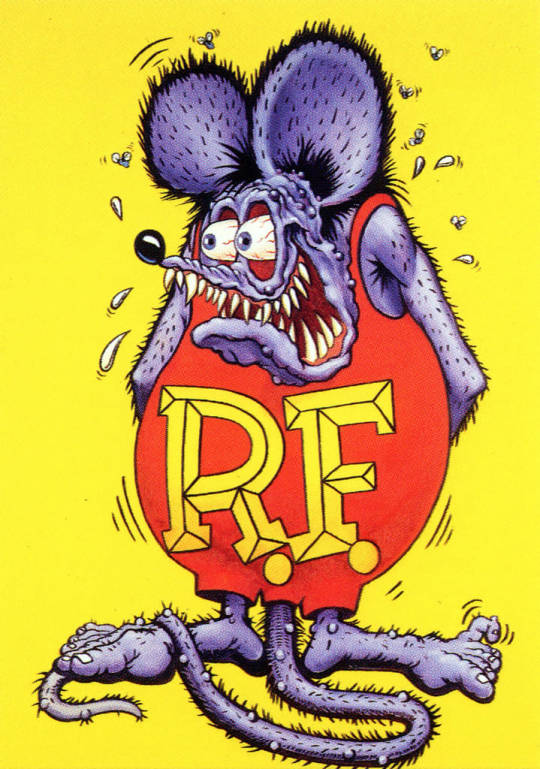

The Orbitron
The Orbitron is a custom car built by Ed Roth and feared lost until its rediscovery in Mexico in 2007

A second generation to Roth's original Beatnik Bandit, which was built in 1960, the Beatnik Bandit II features a one-of-a-kind fiberglass body with PPG lemon meringue pie paint, stylized Rat Fink designs on the sides, and chrome by Metal Masters of Salt Lake City, UT.
Beatnik Bandit II includes many unique design features, including an electronic console which operates the digital instrument panel and other features such as a digital readout of the car's latitude and longitude.
The lack of a rearview mirror is not a problem on this car. A "TV mirror" video monitor is mounted on the console with the actual camera mounted in the rear panel. The bubble top is also lifted electronically.
Beatnik Bandit II was built entirely by Roth, who credits "Revelations from Father in Heaven" for his achievement. The car has been shown in major U. S. cities, including Boston, Los Angeles, Chicago and Houston, as well as in Yokohama, Japan.

The Beatnik Bandit
Ed 'Big Daddy' Roth was an artist, cartoonist, illustrator, pinstriper and custom car designer and builder who created the hot-rod icon Rat Fink and other characters. Roth was a key figure in Southern California's Kustom Kulture and hot-rod movement of the late 1950s and 1960s The Beatnik Bandit was one of his first creations from the early 1960s. It was built from a 1949 Oldsmobile, the chassis was shortened 5 feet, the Olds engine was given the classic hotrod look with GMC blower and twin carbys, everything was chromed except the blower belt. The white interior featured single joystick, that operated turning, throttle and braking. The bubble top was created using compressed air to inflate a sheet of plastic into a dome in a pizza oven. On display at the National Automobile Museum in Reno
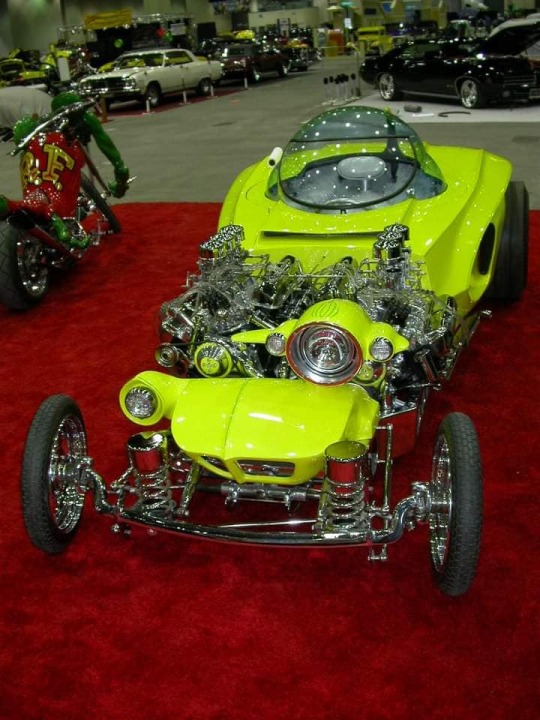
Mysterion
Ed Roth built the Mysterion in 1963, he got the idea from the multi engine dragsters he had seen at the dragstrips. He combined two Ford engines, two transmissions, plus two welded rear ends for the foundation. It featured an offset headlight and the typical Ed Roth bubble top. On display at Galpin Auto Sports.
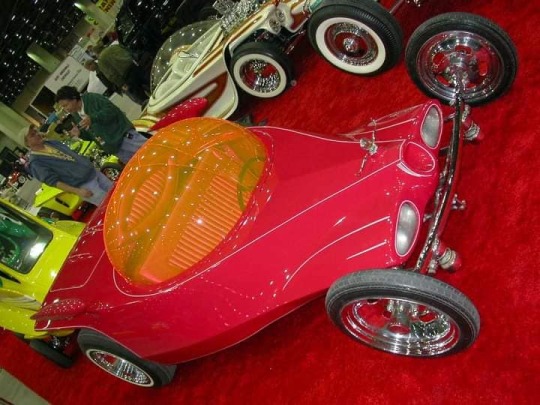
The Road Agent by Ed “Big Daddy” Roth.

Mysterion
Custom builder and artist Ed "Big Daddy" Roth completed the Mysterion in 1963. The bubbletopped custom featured a completely original fiberglass body and twin Ford big-block engines. The weight of the engines was too much for the frame to bear, and the Mysterion fell apart. Tribute versions have been built, including this precise replica from Galpin Auto Sports.

The Surfink
The Surfink, created by Mark Glaz as a tribute to Ed Roth and Ratfink, features a large Ratfink figure atop a surfboard complete with a blown V-8 engine.

The Orbitron
Built in 1964, the vehicle was powered by a 1955 or 1956 Chevrolet V8 and was backed by a Powerglide automatic transmission. The body was hand-laid fiberglass, hiding Roth's extensive chrome work to the chassis. The cockpit, set at the extreme rear of the vehicle in the manner of a dragster, was lined with fake fur and featured an 11-inch General Electric "1-Touch" portable television inserted in the console. Topping the cockpit was a custom-made, hydraulically operated Plexiglas bubble top. One of a series of ordinary doorbell push-button switches atop the hood activated the top from the outside.
Other mechanical features included a 1956 Chevrolet rear end, dropped Ford front axle beam, Buickbrake drums and early Ford brakes. The frame was handmade of rectangular 2x4 inch steel tubing. The engine was a leftover from one of Roth's 1955 Chevrolets, having been removed to make way for a then-new Mark IV big-block given to him by General Motors. It was one of the very few completed cars Roth deemed to be a "mistake" because he felt the car did not show well since the heavily chromed engine and most of the chassis were hidden. The Orbitron was, in fact, one of his few customs to have a hood. Reportedly, the hydraulically operated hood did not fit well due to rushed fiberglass work.
The vehicle's most distinctive feature was its asymmetrical front end with red, green and blue tinted headlamps. It was thought that the three beams when combined would produce an intense white light; the idea came from the then-new medium of color television.

By Jerry Thompson - originally posted to Flickr as 2C7O4069, CC BY 2.0, https://commons.wikimedia.org/w/index.php?curid=5973582

By Jerry Thompson - originally posted to Flickr as 2C7O4066, CC BY 2.0, https://commons.wikimedia.org/w/index.php?curid=5973591

The Baja Bandeeto
Custom car builder and renowned painter Fritz ‘Spritz By Fritz‘ Schenck recreated with his bubble top roadster; the Baja Bandeeto.
#The Orbitron#car#cars#Beatnik Bandit II#ed roth#rat fink#The Beatnik Bandit#Beatnik Bandit#Ed 'Big Daddy' Roth#big daddy roth#big daddy#mysterion#The Road Agent#The Surfink#Surfink#The Baja Bandeeto#Fritz Schenck
46 notes
·
View notes
Text

“SCHIBAM. The most impressive city of Wadi Hadramaut. So far, only a few house buildings D violate the traditional construction method, several thousand years old.”
From: “Der Jensen: Nord-und Südjemen: antikes und islamisches Südarabien: Geschichte, Kultur and Kunst zwischen Rotem Meer und Arabischer Wüste” by Wald, Peter; 1980.
14 notes
·
View notes
Photo

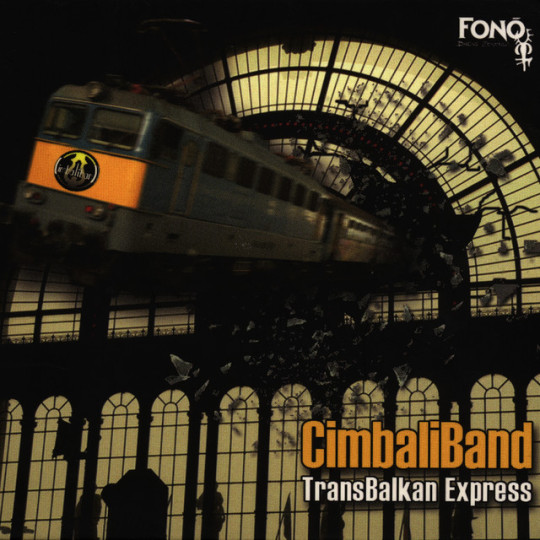
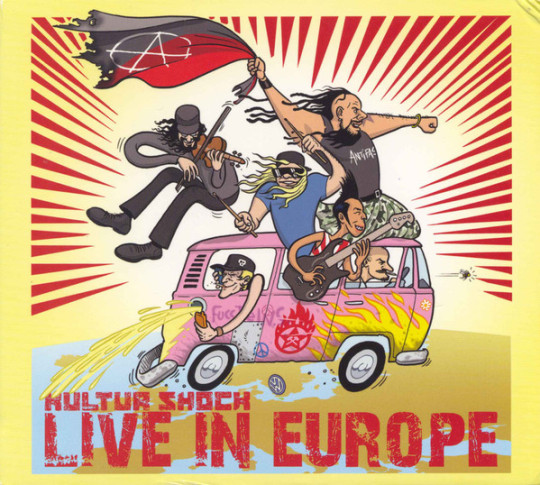


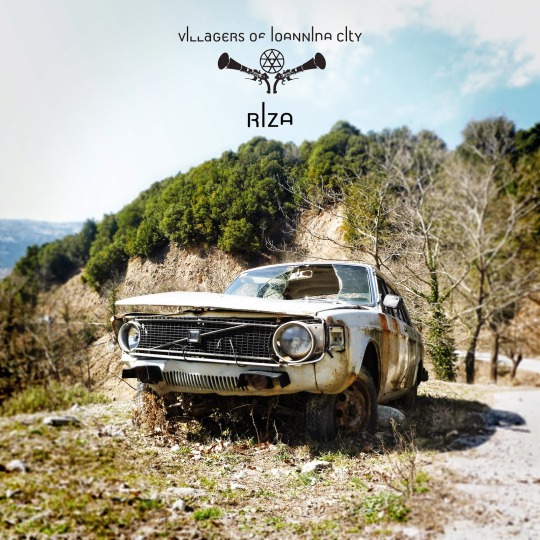


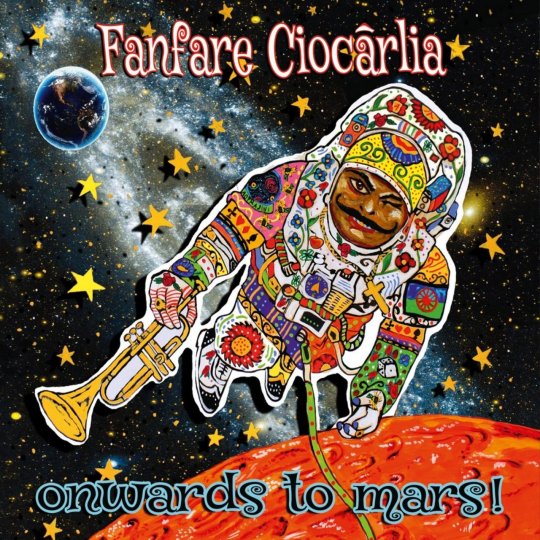
Today's aesthetic: album cover of a Balkan folk band, but weird folk of some sort. It's ALWAYS about the road, isn't it? (The second to last picture is a guy in a carnival costume standing in front of a deserted train station.)
Featuring:
BAiLDSA - United States of Balkans
CimbaliBnad - Transbalkan Express
Kultur Shock - Live in Europe
Fanfare Ciocărlia - Baro Biao
Boban Marković Orkestar - Mrak
Villagers of Ioannina City - Riza
Barcelona Gipsy Balkan Orchestra - Europa cierra la frontera
Evritiki Zygia - Ormenion
Fanfare Ciocărlia - Onwards to Mars!
12 notes
·
View notes
Text
Luciano Sanchez.




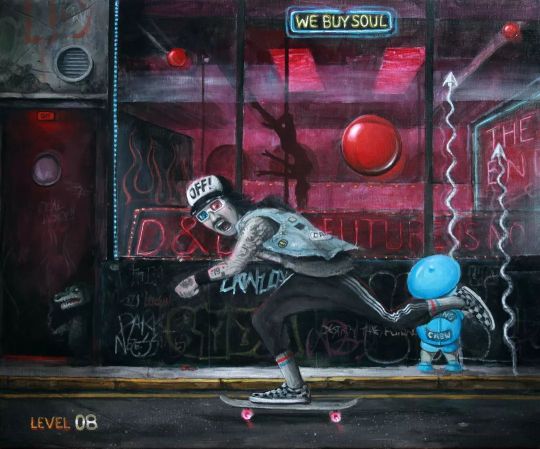
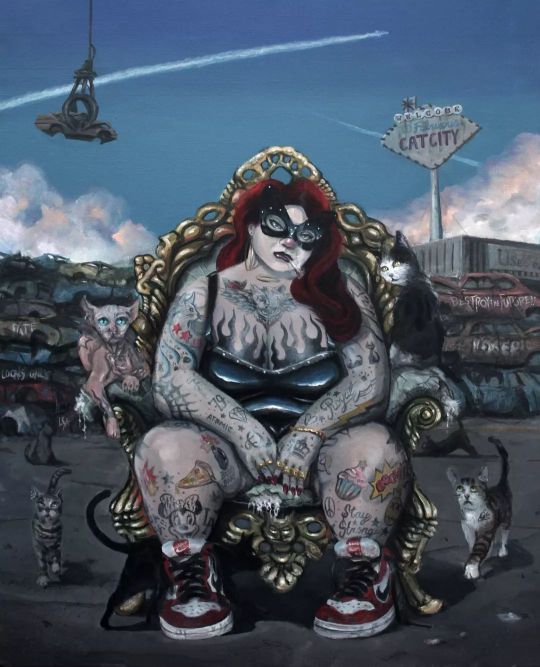

Outstanding contemporary Lowbrow paintings from artist Luciano Sanchez.
Sanchez, born in Granada, Spain in the late 70s, was work is inspired by the Lowbrow Art or Popsurrealism movement that emerged in California in the late 1970s. Drawing upon elements of popular culture, underground comics, "kustom kulture," and pop culture, Sanchez's creations are infused with a touch of pessimism and post-apocalyptic connotations. His work often references the 70s, 80s, and 90s, reflecting nostalgia for a better past. In recent years, the urban landscape, graffiti, street noise, and grit have become integral to his artistic vision.
Sanchez's work has evolved towards Urban Surrealism, showcased at the Brassworks Gallery in Portland, USA, during the 2021 exhibition on Aesop's fables alongside renowned international artists. His art now takes place in urban settings, characterized by overcrowded, dirty cities filled with graffiti-laden walls.

THE SUPERSONIC ART SHOP | FOLLOW ON INSTAGRAM
65 notes
·
View notes
Text

(above) Das Ausstellungsgebäude "Entartete Kunst" in Berlin, 1938
The "Degenerate Art" exhibition, initiated by Minister of Propaganda Joseph Goebbels and directed by Adolf Ziegler, President of the Reich Chamber of Fine Arts, opened in Munich on July 19, 1937. It showed 650 confiscated works of art from 32 German museums. Over three million people visited this exhibition, which was shown in twelve other cities by April 1941. Works of art and cultural currents that were not in harmony with the National Socialists' understanding of art and ideals of beauty - Expressionism, Impressionism, Dadaism, New Objectivity, Surrealism, Cubism or Fauvism - were considered "degenerate", "sick" or "Jewish-Bolshevist". These works were presented with photos of deformed people to evoke disgust and trepidation in visitors. At the same time, the Munich "House of German Art" showed the "Great German Art Exhibition" with "German" art.
(below) Führer zur Ausstellung "Entartete Kunst". Verlag für Kultur und Wirtschaftswerbung; Berlin, 1937

Guide to the exhibition "Degenerate Art" Title picture based on the sculpture 'The New Man' by Otto Freundlich
Works of art and cultural currents that were not in harmony with the National Socialists' understanding of art and ideals of beauty [Expressionism, Impressionism, Dadaism, New Objectivity, Surrealism, Cubism or Fauvism] were considered "degenerate", "sick" or "Jewish-Bolshevist". These works were presented with photos of deformed people to evoke disgust and anxiety in visitors. At the same time, the Munich House of "German Art" showed the "Great German Art Exhibition" with "German" art. | Lebendiges Museum online
#degenerate art#Entartete Kunst#1930s#nazism#nazi party#censorship#kunst#art#art history#history of art
29 notes
·
View notes
Text
Maria Uhden (1892-1918) was a German painter and printmaker.
Uhden was born in Coburg, Germany. She was part of the German Expressionist movement. She was married to fellow painter Georg Schrimpf.
Her work is in the collection of the Los Angeles County Museum of Art, the Metropolitan Museum of Art, the Museum of Modern Art, the National Gallery of Art, and the Fine Arts Museums of San Francisco.
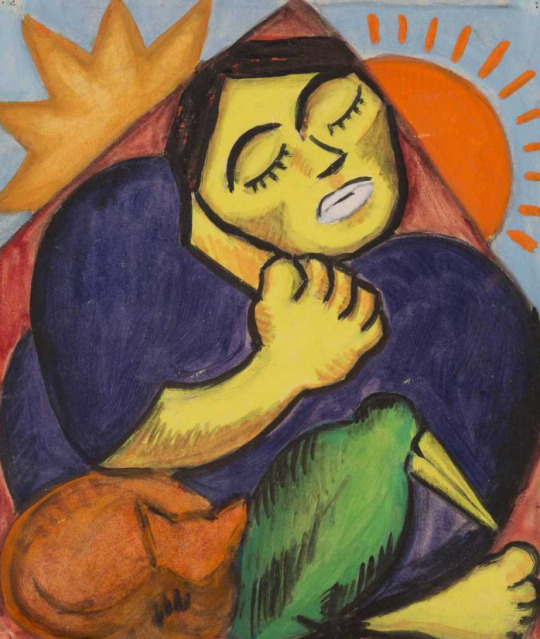
Frau mit Vogel (Woman with Bird) • 1917 • Watercolor on paper, mounted on black cardboard • unknown location

Stadt (City) • c. 1917
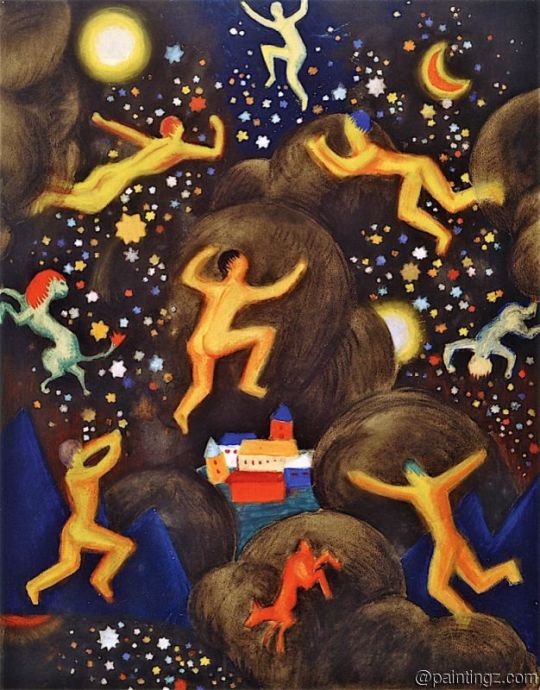
Composition • 1915 • Kunstmuseum, Bern, Germany
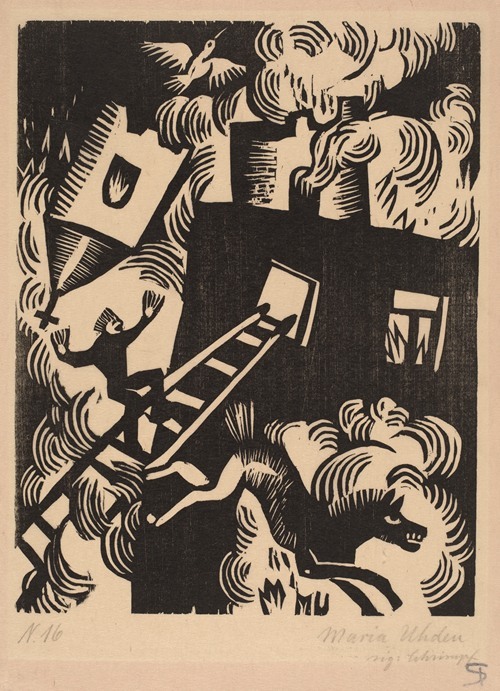
Burning House • 1918 • Linoleum cut • Unknown location

Tanz (Dance) • 1918 • Linoleum cut • Museum of Modern Art, New York

Ruhende Zigeuner (Resting Gypsies) • 1919 • Woodblock in black on Japanese paper • National Gallery of Art - Washington, D.C.
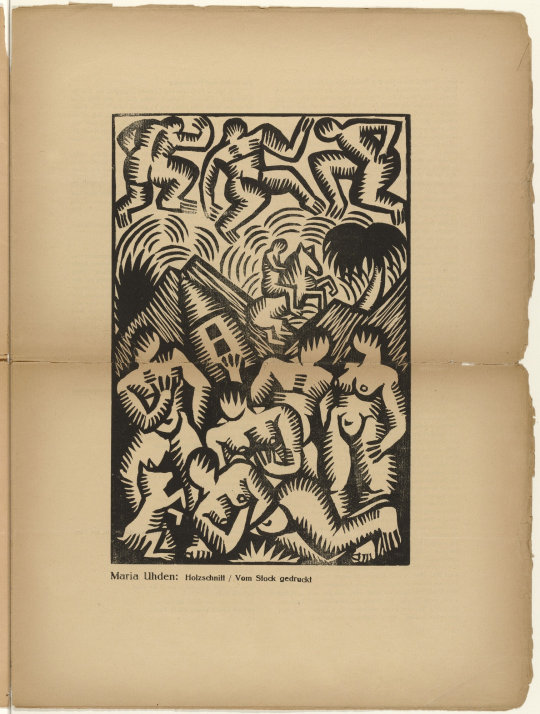
Acht Akte und Reiter in Landschaft (Eight Nudes and Rider in Landscape) • (plate, p. 119) from the periodical Der Sturm • Wochenschrift für Kultur und Künste, vol. 8, no. 8 (Nov 1917)
Source: German Expressionist Digital Archive Project
#painting#art#fine art#art history#german artist#early 20th century art#german expressionism#printmaker#linocut#woodcut#maria uhden#woman artist
7 notes
·
View notes